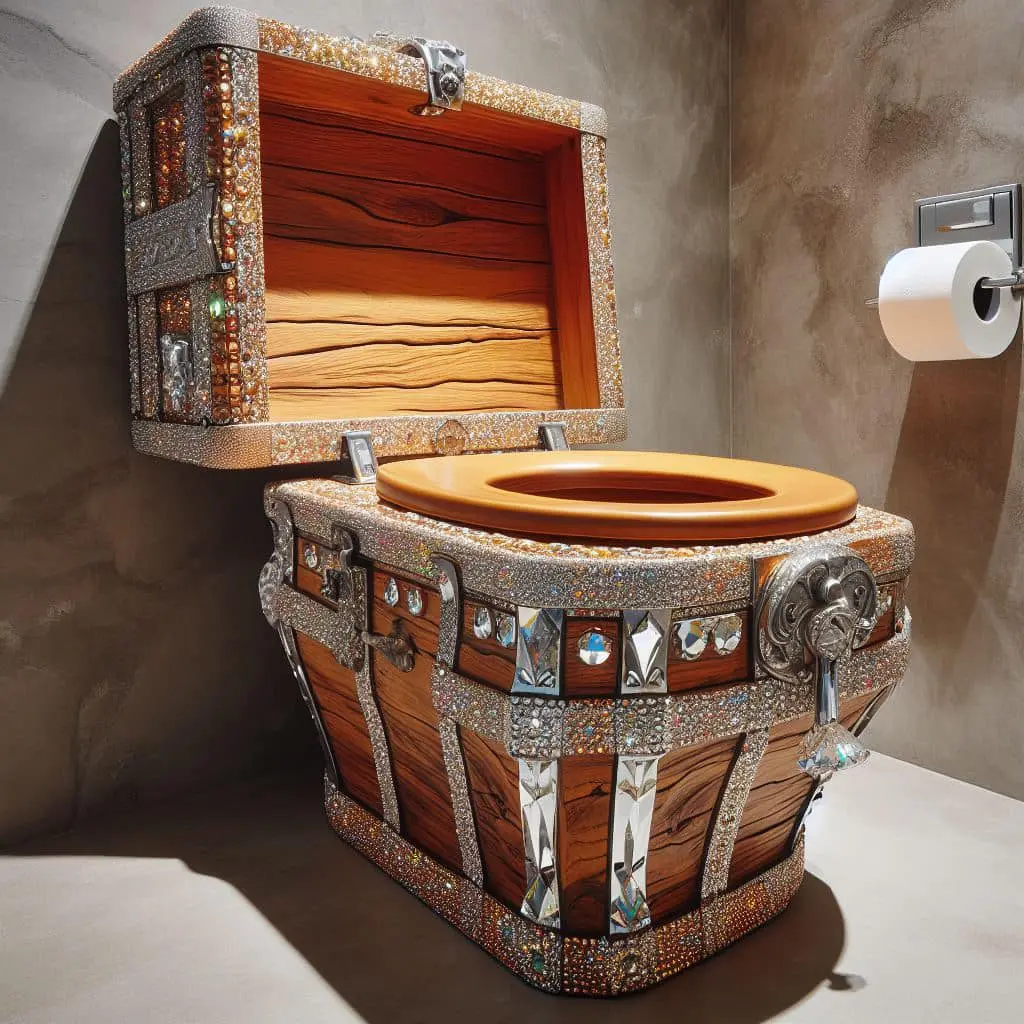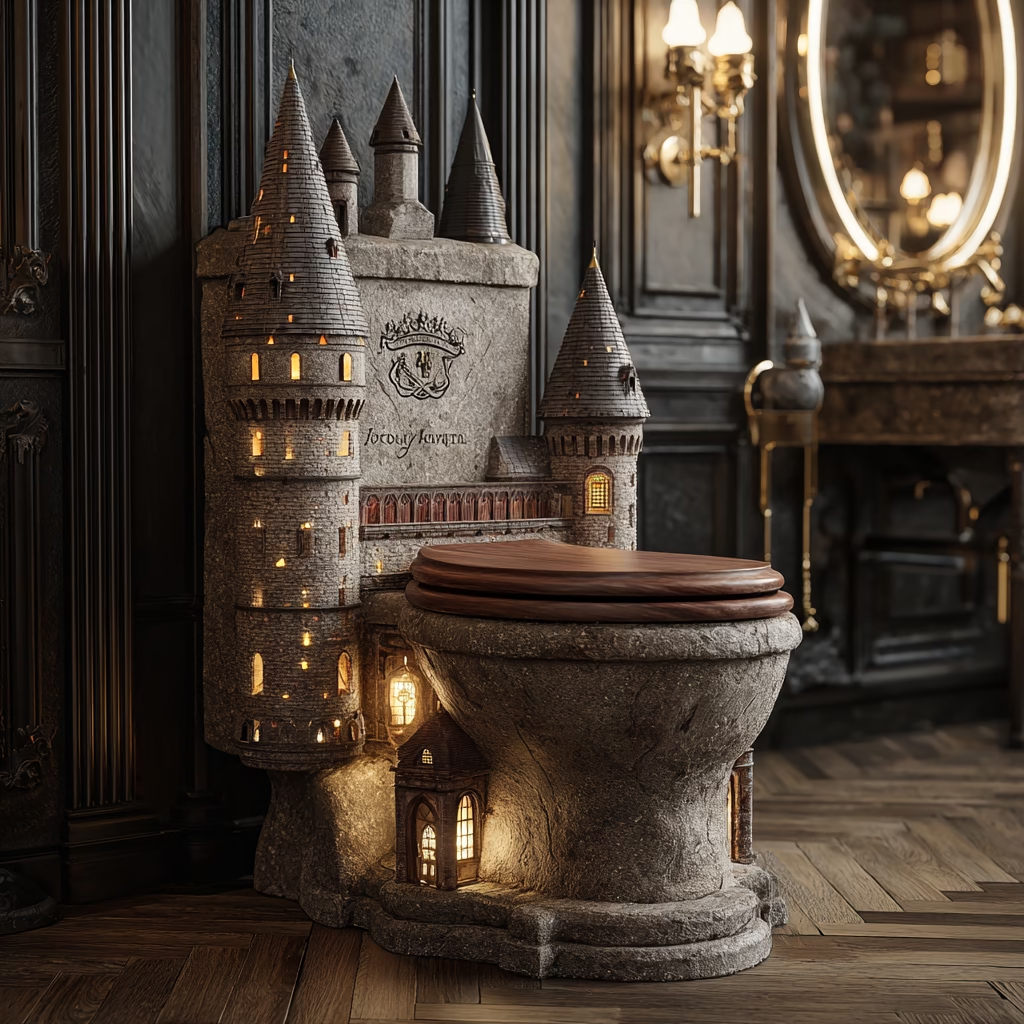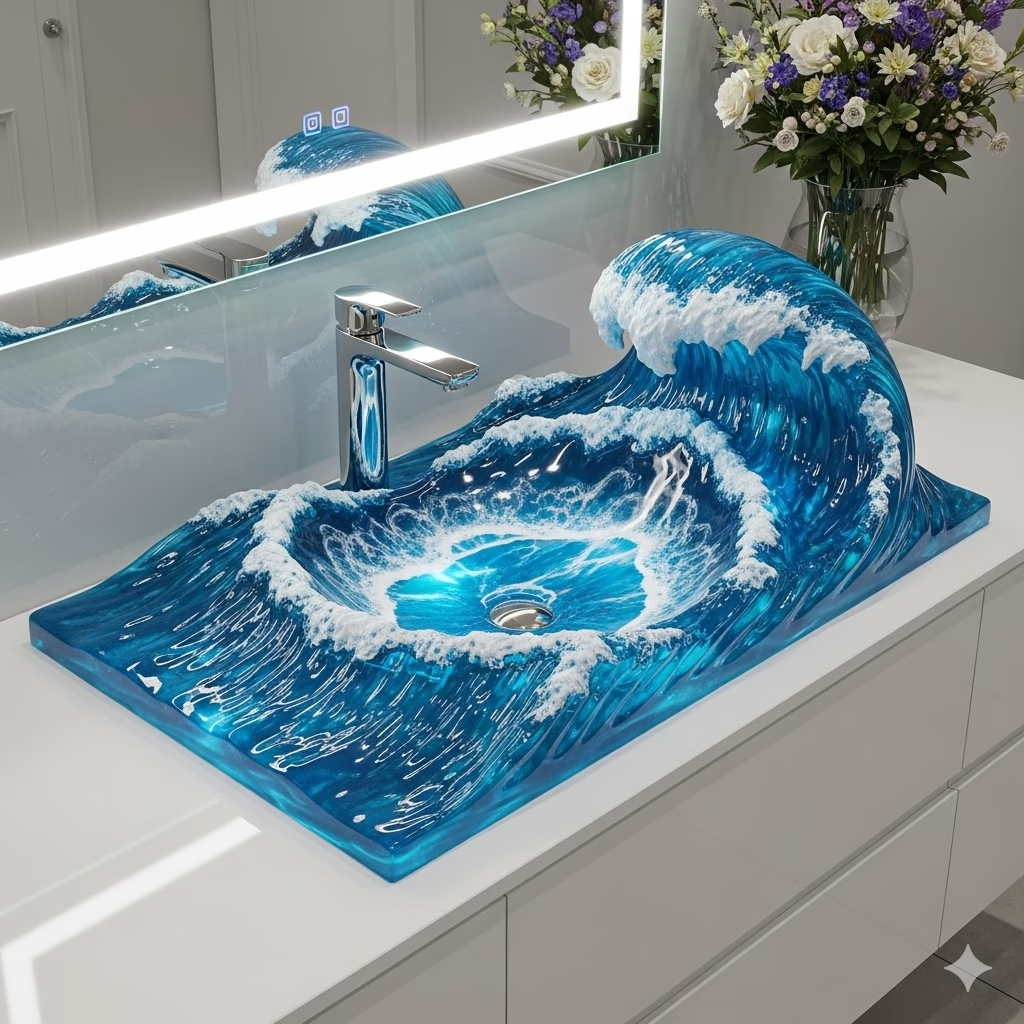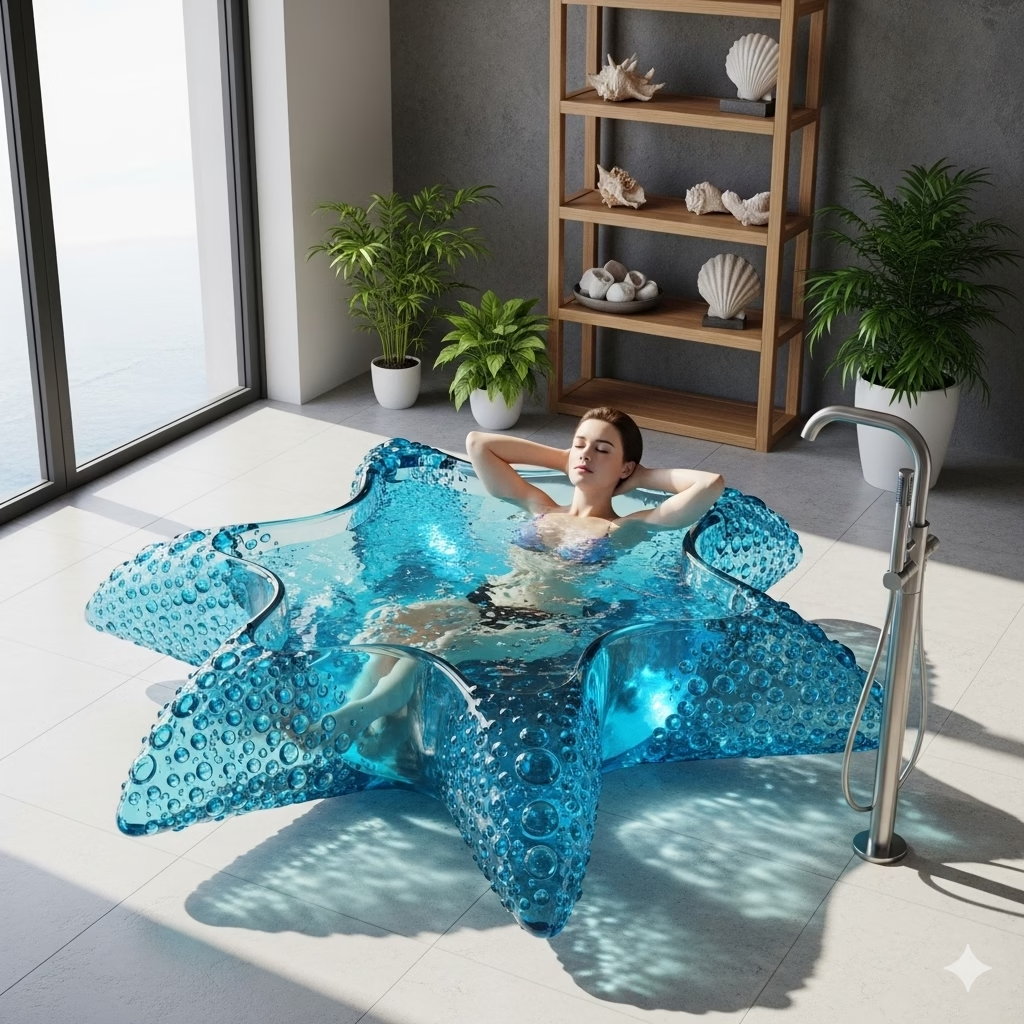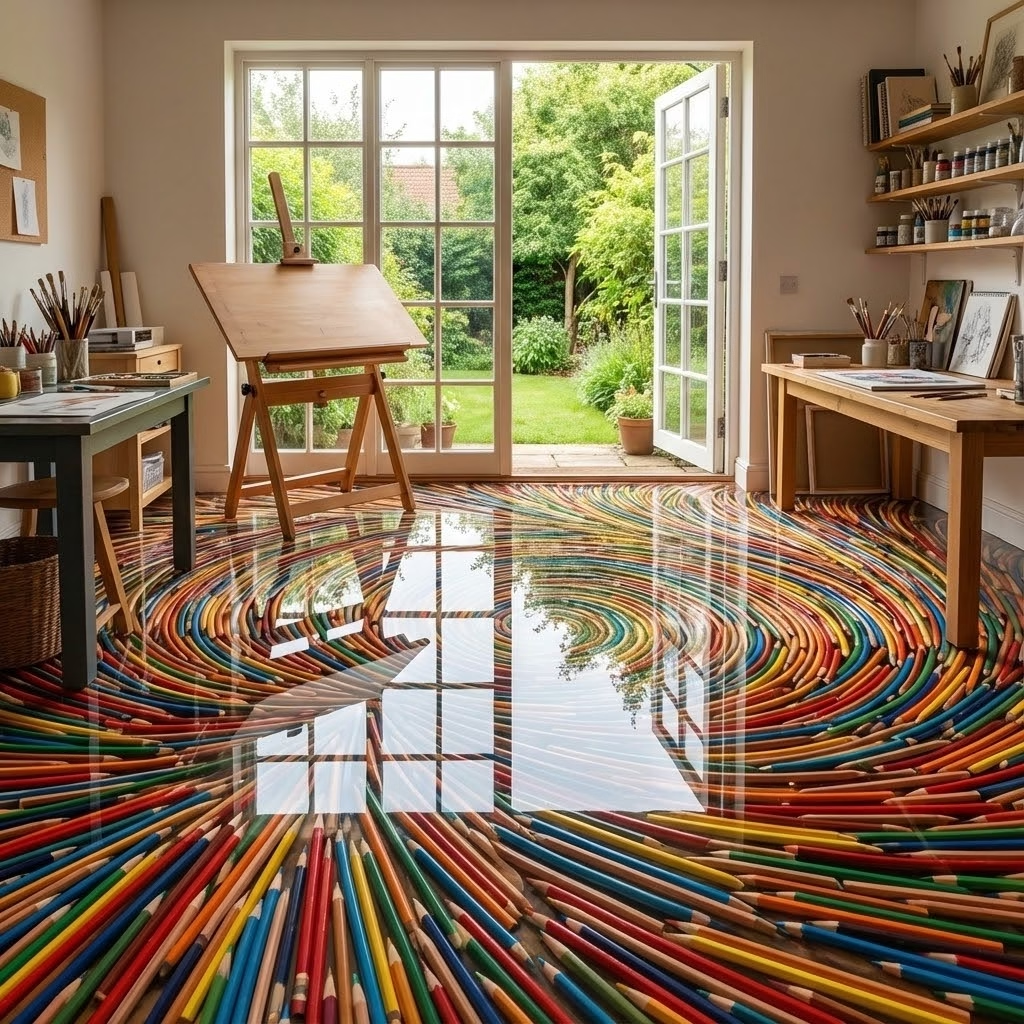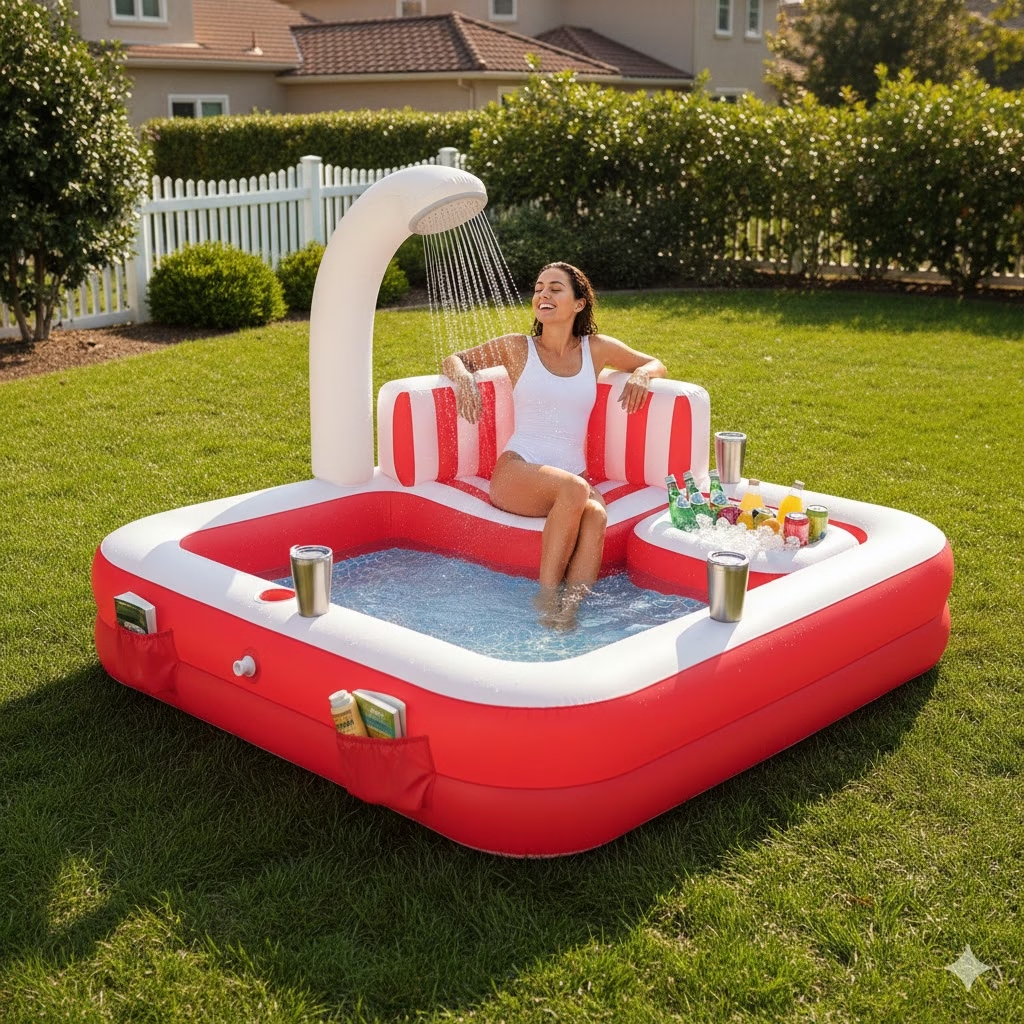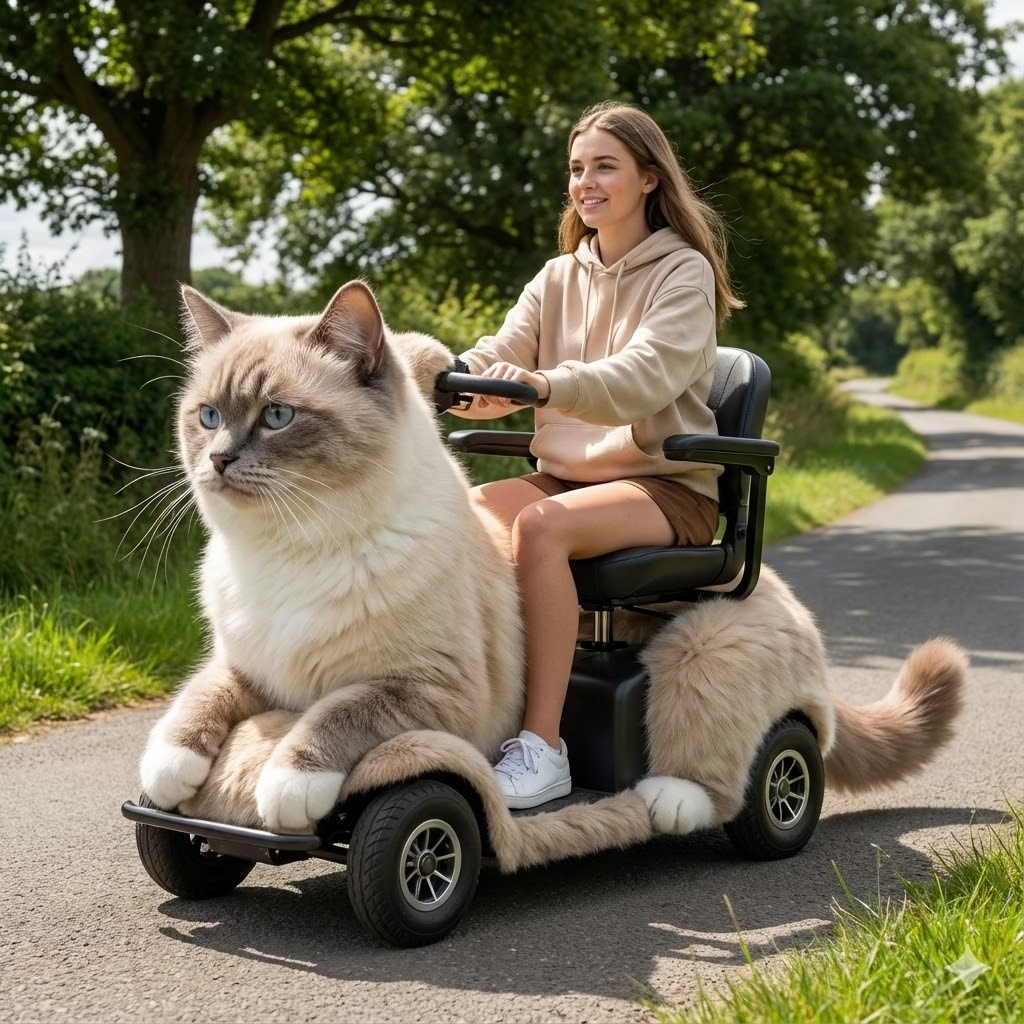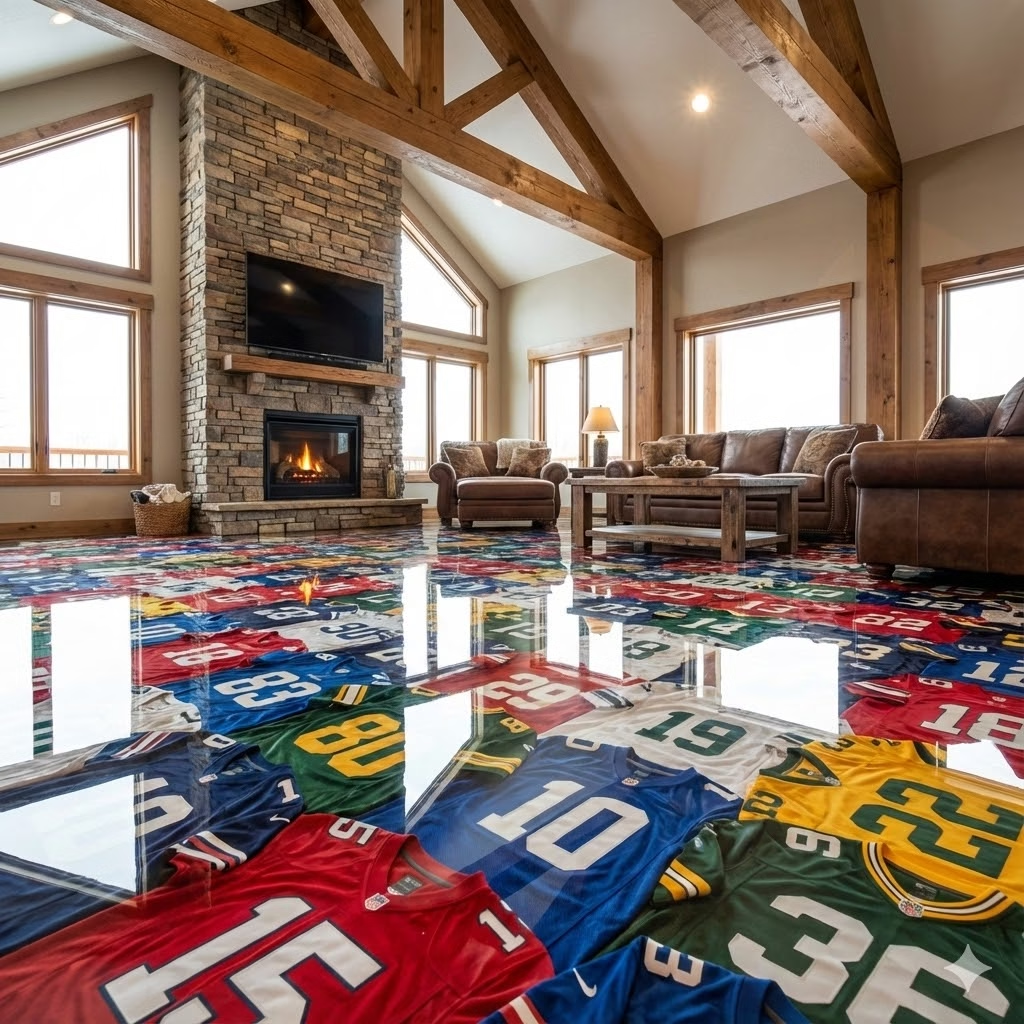Discover the extraordinary tale of a toilet-inspired treasure chest waiting to be unveiled. This blog post delves into the fascinating journey of how an unexpected source of inspiration led to the creation of a unique and intriguing treasure chest design. Uncover the secrets behind this unconventional concept and explore the creativity that transformed a mundane object into a remarkable work of art. Join us as we unravel the story behind this innovative and imaginative project, showcasing the blend of creativity and resourcefulness that brought this toilet-inspired treasure chest to life.
Understanding Potty Training
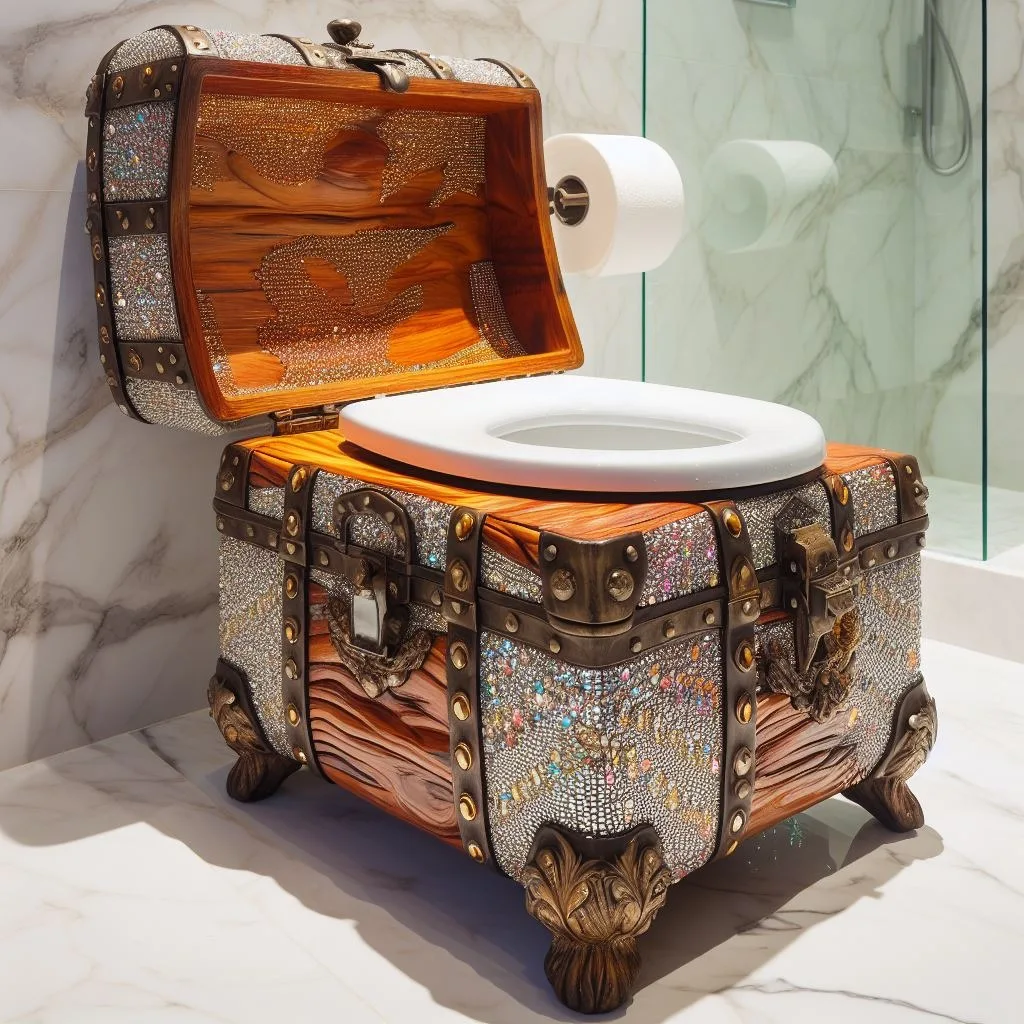
Potty training plays a crucial role in a child’s development, fostering independence and self-care skills. It is a significant milestone that marks the transition from diapers to using the toilet.
Typically, children are ready to start potty training between the ages of 18 months and 3 years. Parents should look for signs such as staying dry for longer periods, showing interest in the toilet, or communicating their need to use the bathroom.
Challenges during potty training are common and can include resistance from the child, accidents, and setbacks. Parents may find it challenging to balance encouragement with patience throughout the process.
- Pros:
- Fosters independence
- Promotes self-confidence
- Cons:
- Can be time-consuming
- Requires consistency and patience
Navigating these challenges requires a supportive and understanding approach from parents. Encouraging positive reinforcement, creating a routine, and being patient are key strategies to overcome hurdles during potty training.
Treasure Chest Concept
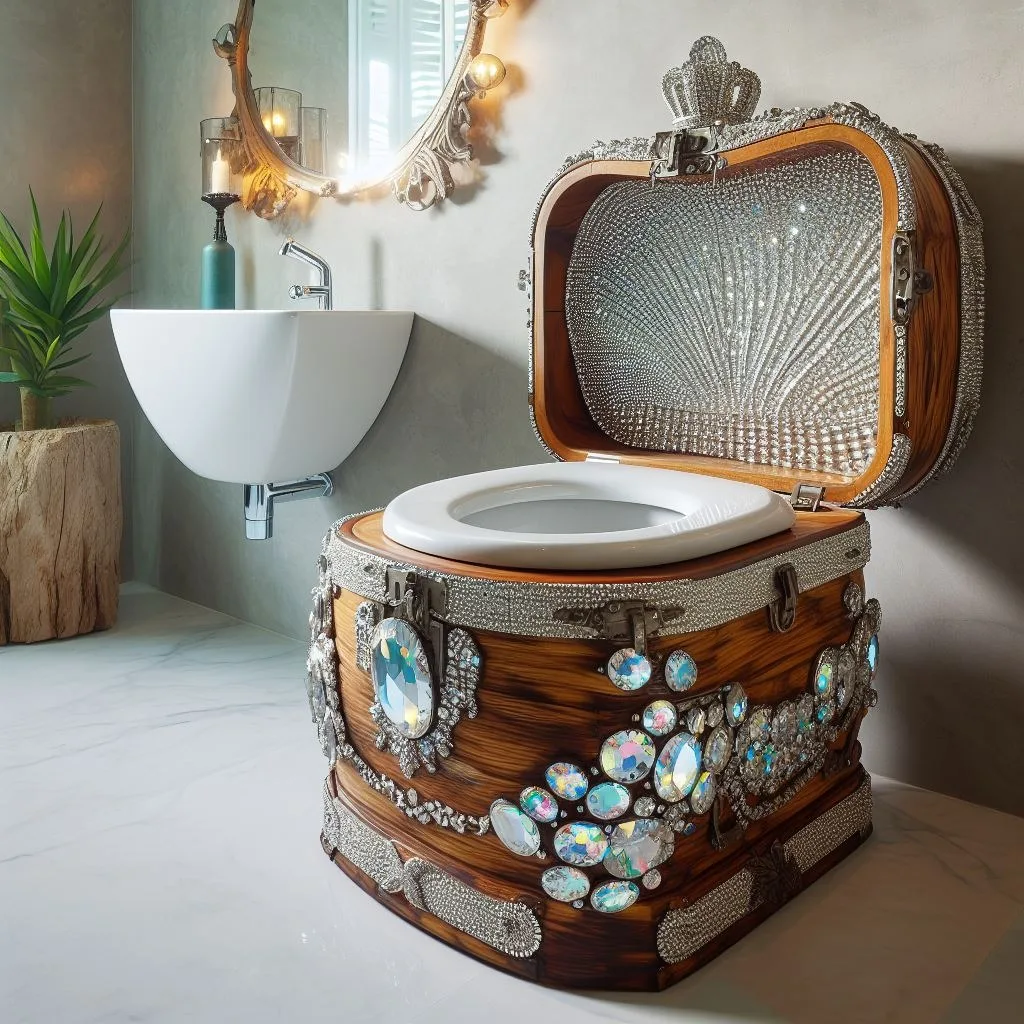
Using a treasure chest as a tool for potty training can be both exciting and motivating. Children are often drawn to the idea of uncovering surprises, making it a perfect way to encourage them during this developmental milestone. The concept involves associating successful potty usage with rewards hidden inside the treasure chest, creating a positive reinforcement loop.
The box itself can be decorated in a fun and colorful way, resembling a real piñata or even a pirate’s treasure tank. This visual appeal adds an element of excitement to the process, turning something mundane into an adventure. Placing the treasure chest within sight but out of reach until the child successfully uses the potty can build anticipation and eagerness.
Inside the treasure chest, parents can place small balloons containing different rewards like stickers, small toys, or treats. Each successful trip to the potty can earn the child one of these prizes, tangibly reinforcing good behavior. The act of opening each balloon and discovering what’s inside adds an element of surprise and delight to the experience.
One piece of advice is to keep the rewards varied and appealing to your child’s interests. This ensures that they stay motivated throughout their potty training journey. Setting achievable goals and celebrating each success with a reward from the treasure chest helps maintain enthusiasm and momentum.
Placing the most coveted prize at the bottom of the treasure chest can serve as an ultimate goal for your child. This creates a sense of accomplishment when they finally reach it, boosting their confidence and sense of achievement. Remember, consistency is key when using this method – make sure to praise and reward your child consistently for using the potty correctly.
Involving your child in decorating or personalizing their treasure chest can also enhance their engagement with the process. This ownership fosters a sense of responsibility and pride in their achievements. Encouraging them to choose their favorite decorations or colors for the chest makes it more personalized and meaningful to them.
DIY Treasure Chest Creation
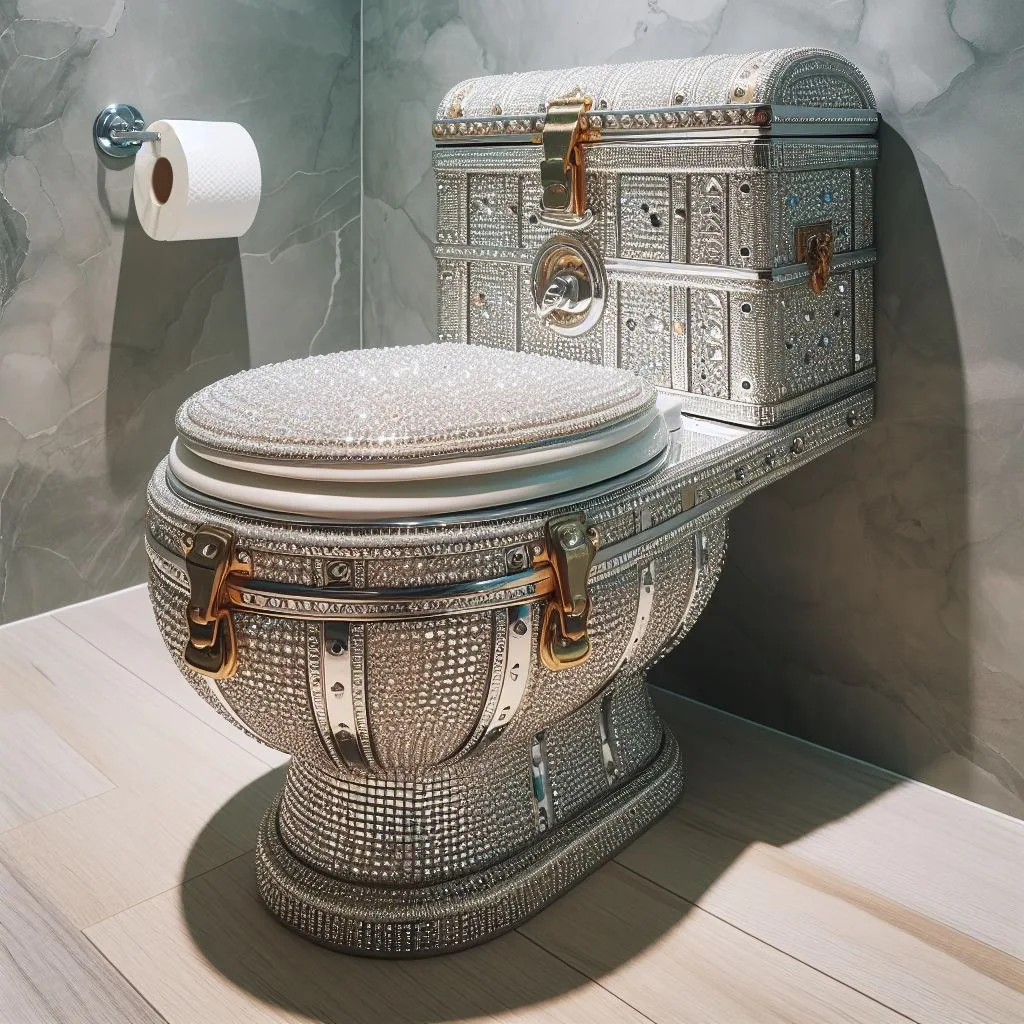
Crafting a toilet-inspired treasure chest for potty training can be a fun and engaging project. To begin, gather materials like a cardboard shoebox, adhesive paper, and colorful stickers.
Start by covering the cardboard shoebox with adhesive paper to give it a vibrant and appealing look. This step will form the base of the treasure chest.
Next, encourage your child’s creativity by allowing them to decorate the treasure chest with stickers. Personalizing the chest will make it more exciting and special for them.
Consider adding motivational phrases or images related to potty training on the treasure chest. This can serve as positive reinforcement for your child during their training journey.
To enhance the treasure chest’s appearance, you can also use glitter glue or paint to add sparkles and colors that will capture your child’s attention.
Engage your child in the crafting process to make it a collaborative and enjoyable experience. This involvement can foster a sense of ownership over their potty training progress.
Encourage your child to place their potty training rewards inside the treasure chest. This will create anticipation and excitement around reaching milestones in their training.
Consider incorporating a small lock or latch on the treasure chest to add an element of mystery and excitement when unlocking it to reveal rewards.
Potty Training Incentives
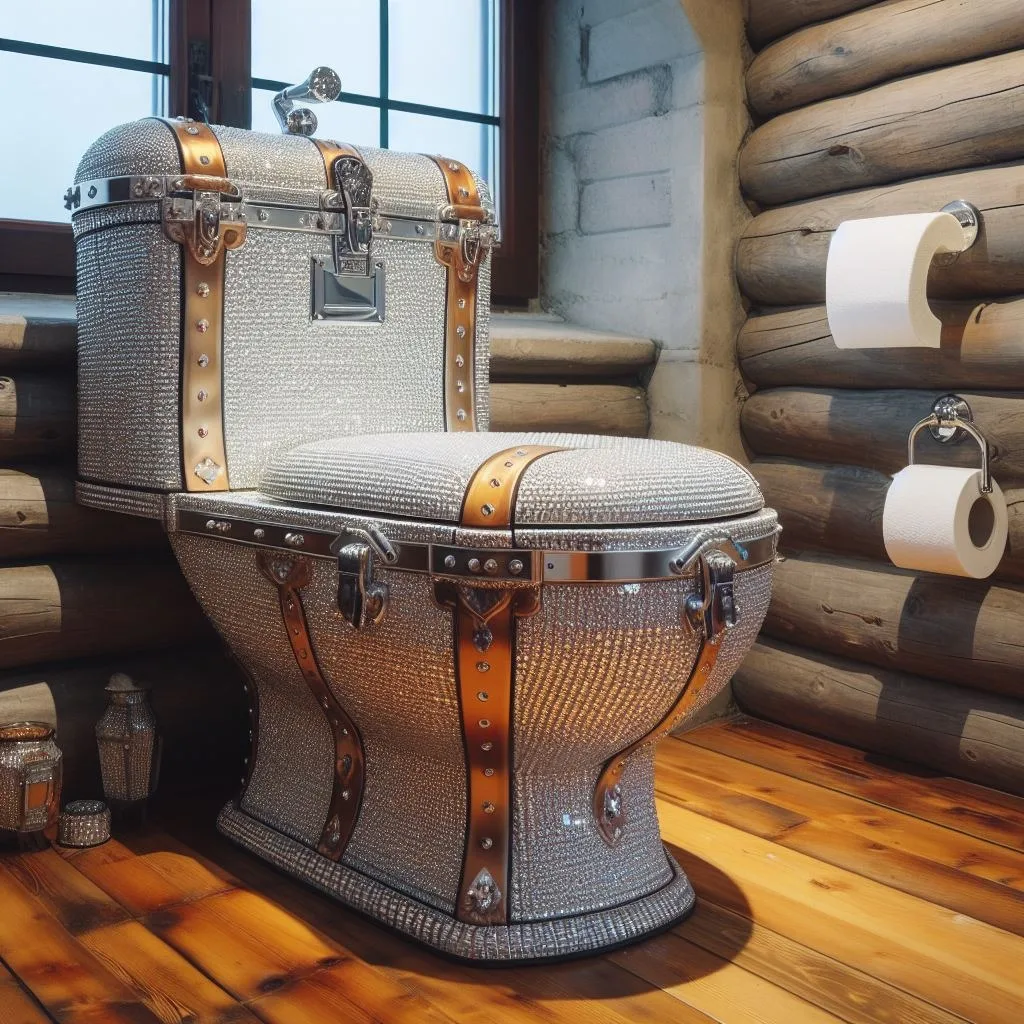
To encourage and motivate children during potty training, a treasure chest filled with exciting prizes can be a game-changer.
Various items can be included in the treasure chest as incentives for the child:
- Stickers
- Small toys
- Coloring books
- Temporary tattoos
- Play-dough
Using rewards is crucial as they act as positive reinforcement, making the potty training process more engaging for the child.
Incentives play a vital role in reinforcing positive behavior and progress during potty training. They provide immediate feedback to the child, helping them associate using the toilet correctly with receiving a reward.
By incorporating incentives into the potty training routine, parents can create a positive association between successful bathroom trips and receiving a prize. This association helps motivate children to continue practicing proper toilet habits.
Rewards also serve as tangible reminders of achievement for children, boosting their confidence and self-esteem throughout the challenging potty training journey.
Creative Routine Integration
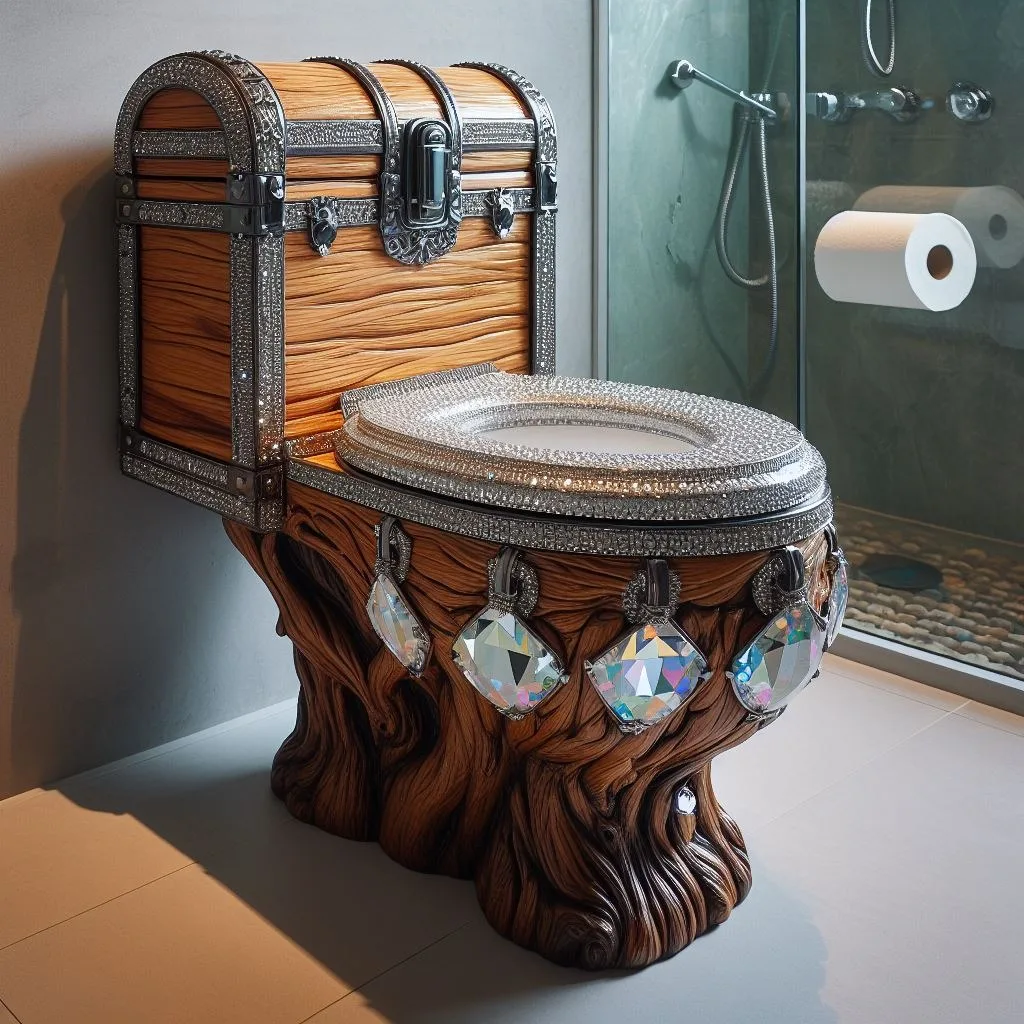
To integrate the toilet inspired treasure chest into a child’s daily routine, parents can establish a structured approach. Encouraging the child to use the toilet regularly by offering rewards from the treasure chest can be highly effective. By incorporating the treasure chest into the potty training routine, children are motivated to achieve their toileting goals.
Parents can make the potty training experience fun by involving the child in selecting items for the treasure chest. This engagement empowers children and makes them feel more enthusiastic about using the toilet. Creating a chart or visual aid to track progress toward earning rewards adds a sense of accomplishment and excitement to the process.
One key benefit of establishing a consistent and creative potty training routine is that it helps children develop good habits early on. Consistency reinforces positive behavior, making it more likely that children will continue practicing good toileting habits as they grow older. Moreover, integrating creativity into the routine makes the experience enjoyable for children, reducing resistance and increasing compliance with the training process.
- Structured approach: Establishing a clear system for earning rewards from the treasure chest.
- Empowering engagement: Involving children in selecting items for the treasure chest.
- Visual tracking: Creating a progress chart to monitor achievements and motivate children.
By incorporating fun elements like colorful stickers, small toys, or other preferred items into the treasure chest, parents can create an exciting incentive for children to use the toilet. Making each trip to the bathroom an opportunity for exploration and reward transforms what could be a mundane task into an engaging adventure. As a result, children are more likely to view potty training positively and actively participate in their learning process.
Consistency is key when it comes to establishing a successful potty training routine. By setting clear expectations and maintaining regularity in rewarding good behavior, parents can effectively reinforce desired toileting habits. This consistency helps create a sense of predictability for children, fostering a secure environment where they feel supported and encouraged throughout their potty training journey.
Themed Potty Training Tips
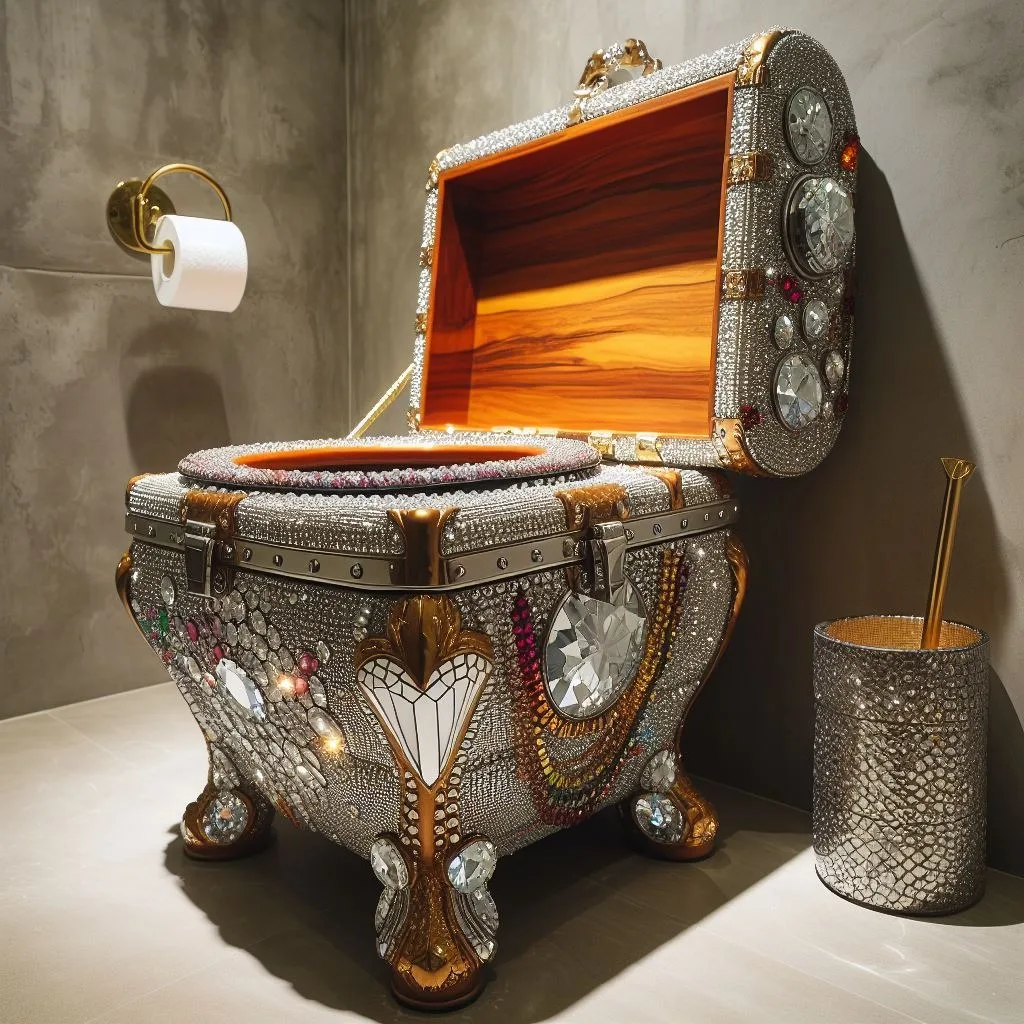
Themed potty training can transform a mundane task into an exciting adventure for your child. By incorporating the toilet inspired treasure chest concept, you can make the journey to toilet independence more engaging and rewarding.
To start, consider decorating the bathroom with fun and colorful decals related to the treasure chest theme. This simple touch can create a visually stimulating environment that captures your child’s imagination and makes them eager to use the toilet.
Another idea is to introduce themed activities that align with the treasure chest concept. For example, you could create a “treasure map” charting your child’s progress in potty training. Each successful trip to the bowl could earn them a sticker or a small trinket to add to their treasure collection.
Incorporating themed rewards and incentives can also make potty training more enjoyable for your little one. Consider filling the treasure chest with small prizes like stickers, temporary tattoos, or even special treats that your child can pick from as a reward for using the toilet successfully.
Themed potty training not only adds an element of fun but also helps in keeping your child interested and motivated throughout the process. The excitement of uncovering hidden treasures in their very own treasure chest can serve as a powerful incentive for them to embrace potty training with enthusiasm.
Encouragement Strategies
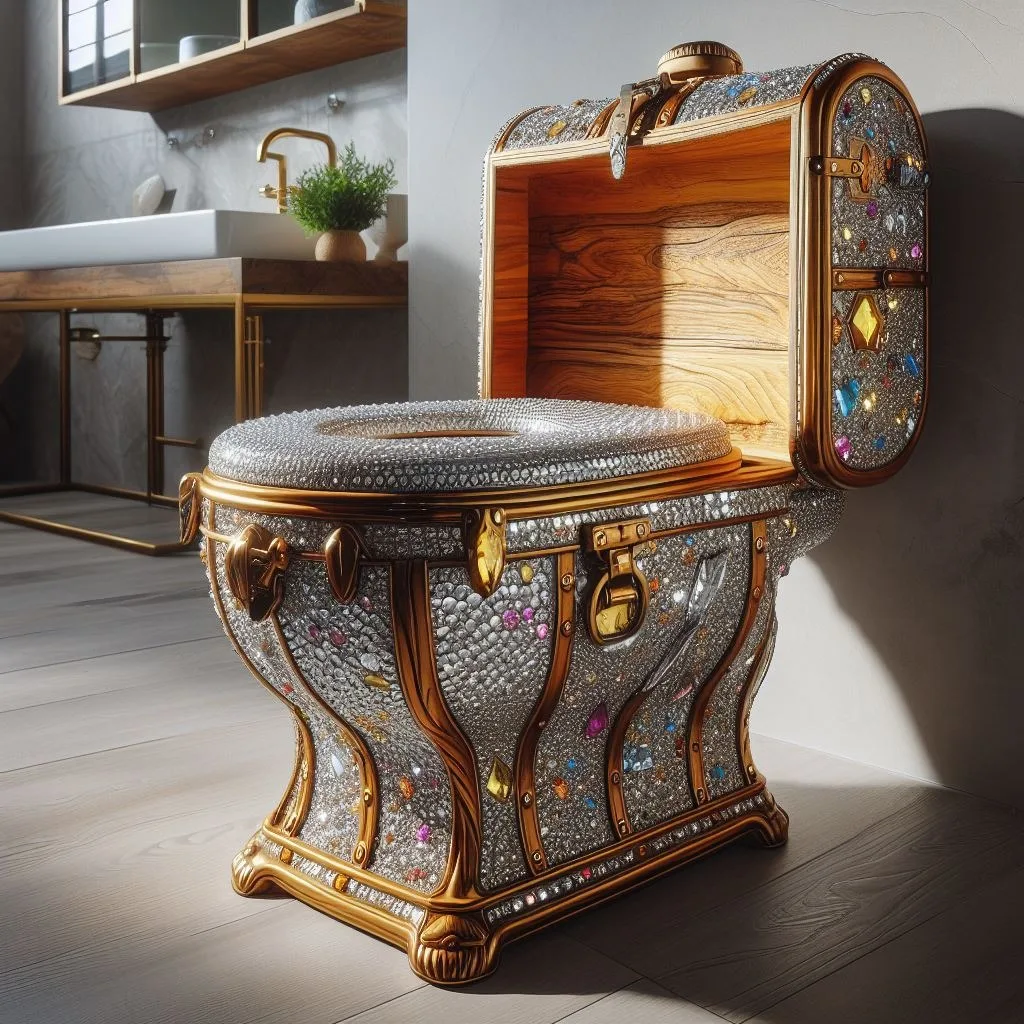
When guiding a child through potty training, it’s crucial to employ effective encouragement strategies. One powerful approach is to turn the process into a fun project, like transforming the potty area into a toilet inspired treasure chest. This can motivate the child with exciting rewards and treats.
Parents should remember that positive reinforcement plays a pivotal role in this journey. By offering praise for every successful trip to the potty, parents can boost the child’s confidence and motivation. Celebrating even small victories can go a long way in reinforcing good habits.
To navigate the inevitable challenges of potty training, parents must maintain patience and consistent encouragement. It’s essential to understand that setbacks are normal and part of the learning process. By staying supportive during these side steps, parents can help their child feel secure and motivated to continue trying.
Parents can create a supportive environment by setting realistic expectations and avoiding pressure on the child. Making the potty training experience positive and encouraging will foster a sense of accomplishment in the child. Remember, each child progresses at their own pace, so patience is key.
Tips for Encouraging Potty Training Success
- Create a reward system: Offer small incentives or stickers for each successful visit to the potty.
- Use positive language: Encourage your child with words of praise and excitement.
- Stay consistent: Establish a routine and stick to it to provide stability for your child.
- Offer comfort: Ensure your child feels comfortable and safe during potty time.
- Seek support: Connect with other parents going through similar experiences for advice and encouragement.
Maintaining Interest
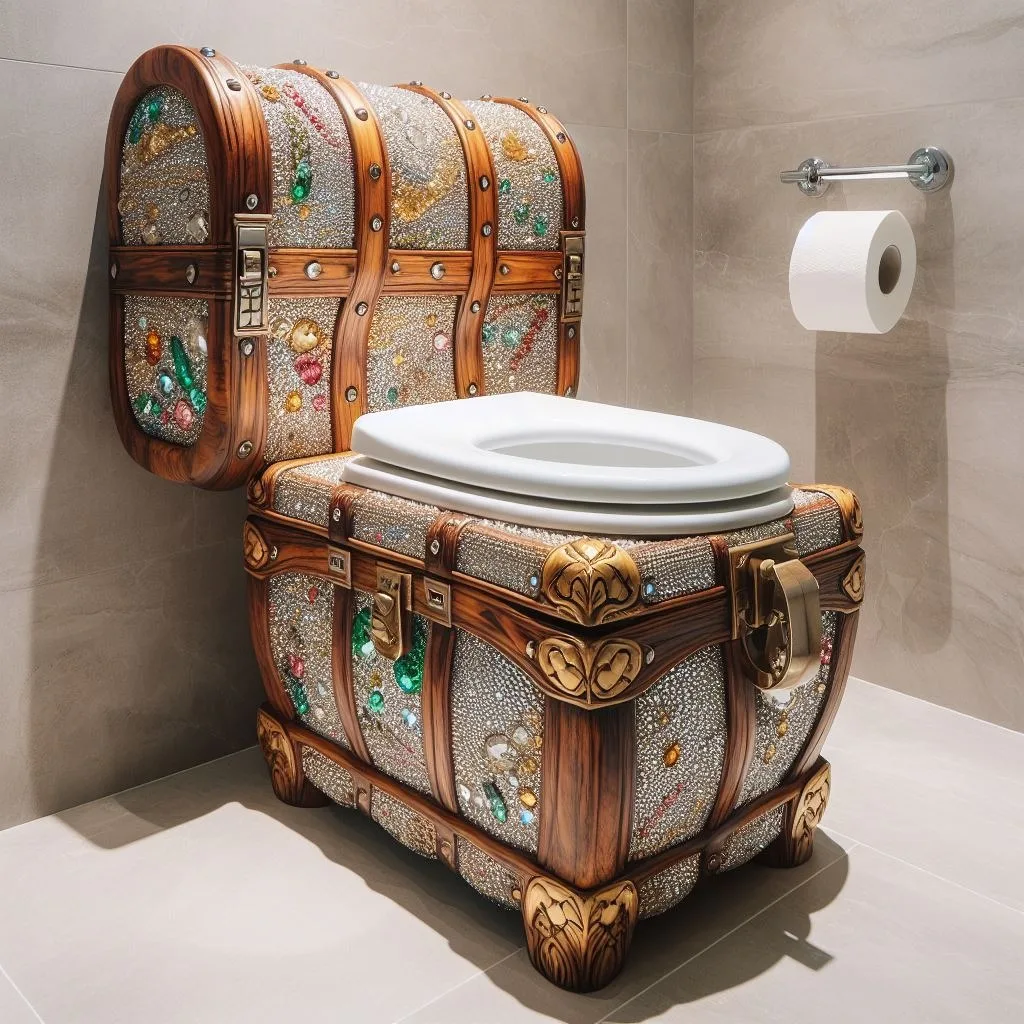
To maintain the child’s interest in the potty training journey, consider incorporating newspaper and glue into the process. These materials can be used to create a DIY project where the child makes a treasure chest for their rewards.
Encourage the child to decorate the treasure chest with newspaper cutouts using glue. This activity not only enhances their creativity but also gives them a sense of ownership over their special reward system.
Incorporating variety is crucial in keeping the child engaged. Rotate the items inside the treasure chest regularly to introduce new surprises and maintain excitement. This could include small toys, stickers, or other inexpensive treats.
To sustain long-term interest, involve the child in refreshing the contents of the treasure chest. Allow them to choose rewards they would like to earn, empowering them to take an active role in their potty training journey.
Offering a mix of instant rewards like stickers and slightly larger rewards for milestones achieved can keep motivation high throughout the process. The element of surprise and anticipation can be particularly effective in maintaining enthusiasm.
Consider creating a reward chart alongside the treasure chest. Each successful trip to the potty earns a sticker on the chart, leading to a larger reward once a certain number of stickers are collected.
Engage with your child’s interests when selecting items for the treasure chest. If they love dinosaurs, consider adding dinosaur-themed stickers or toys as rewards. Personalizing the rewards can make them even more enticing.
Involving siblings or other family members in celebrating each success can also contribute to maintaining interest. Positive reinforcement from loved ones can further motivate the child to continue their progress.
Success Measurement
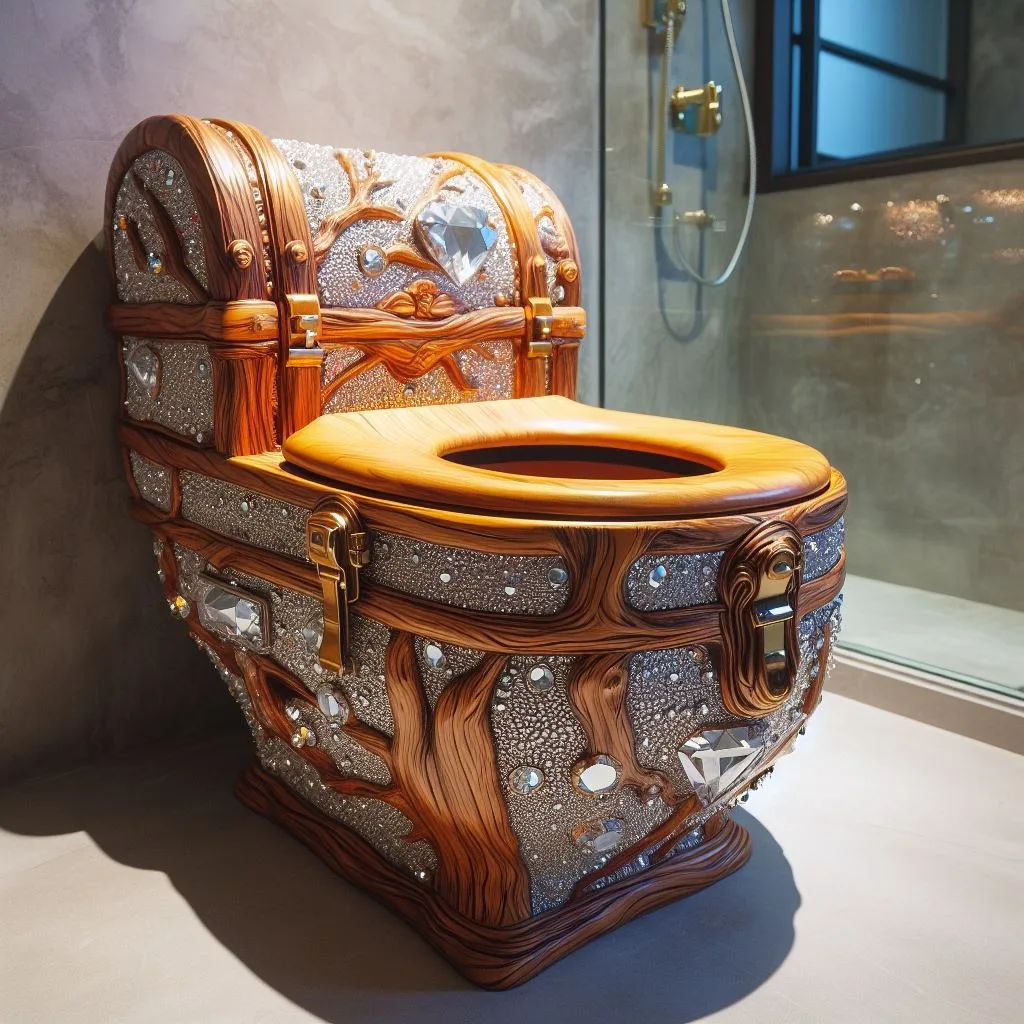
Celebrating small victories is crucial in the toilet-inspired treasure chest approach to potty training. Acknowledging progress motivates children to continue their efforts. Parents can measure success by tracking the number of successful trips to the bathroom each day.
To promote success, parents can use a reward system based on the child’s achievements. For instance, every time the child successfully uses the toilet, they can earn a sticker or a small treat. This positive reinforcement encourages consistent behavior and builds confidence in children.
Another way to measure success is by monitoring the duration of dry periods between accidents. Gradually increasing these intervals indicates progress in potty training. Celebrating these milestones boosts the child’s morale and reinforces good habits.
Parents can also celebrate success by setting specific goals for their child’s potty training journey. For example, aiming for a certain number of accident-free days or mastering nighttime dryness can be milestones worth celebrating. These goals provide direction and motivation for both parents and children.
Creating a visual tracker, such as a chart or calendar, can help children see their progress over time. Each successful trip to the bathroom can be marked with a colorful sticker or drawing, making the process fun and engaging for the child. Visual representations serve as tangible reminders of achievements.
In addition to tangible rewards, verbal praise plays a significant role in acknowledging success. Offering words of encouragement and praise when the child uses the toilet independently reinforces positive behavior. This form of recognition boosts self-esteem and encourages continued success in potty training.
Summary
The concept of using a toilet-inspired treasure chest as a tool for potty training offers a creative and engaging approach to incentivize children. By integrating themed elements and maintaining interest through encouragement strategies, parents can establish a positive routine that fosters success in the potty training journey. The DIY aspect of creating a personalized treasure chest adds a special touch to the process, making it more enjoyable and rewarding for both parents and children. This method not only helps measure progress but also instills a sense of achievement and pride in young learners, contributing to their overall development.
For those embarking on the potty training adventure, consider implementing a toilet-inspired treasure chest to make the journey fun and effective. Personalizing incentives, incorporating creative themes, and staying consistent with encouragement can lead to successful outcomes in this developmental milestone. Take the first step towards a positive potty training experience today!

